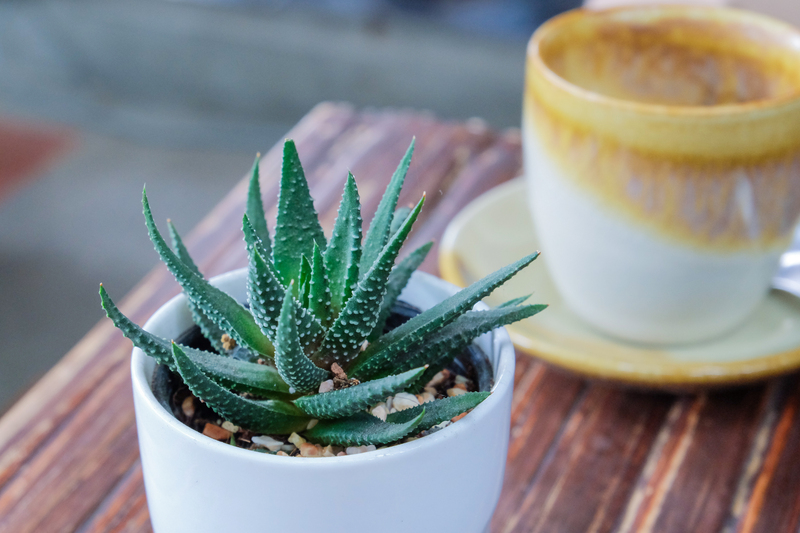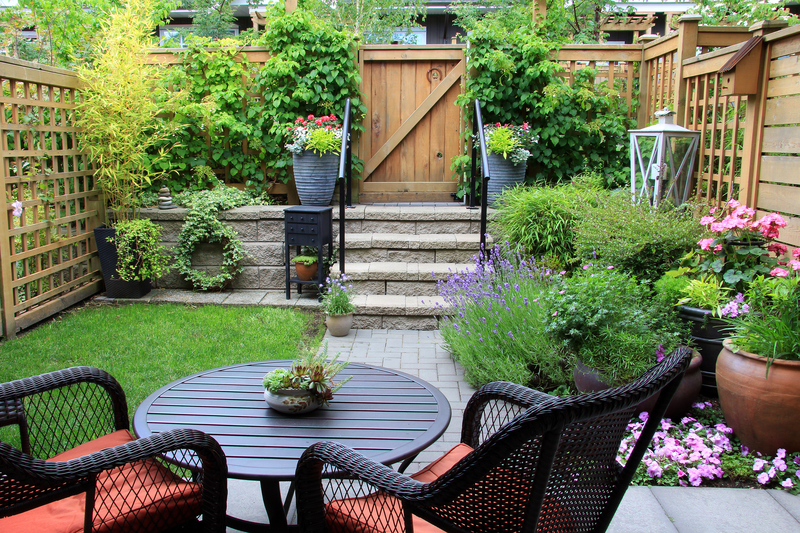Essential Tools and Techniques for Pruning Shrubs and Trees
Posted on 30/04/2024
Shrubs and trees play a vital role in enhancing the beauty and functionality of our outdoor spaces. However, to maintain their health and appearance, regular pruning is crucial. Pruning, the process of removing damaged or dead branches, can also help shape plants and promote new growth. But to perform this task effectively, one must possess the right tools and techniques. In this article, we will discuss the essential tools and techniques for pruning shrubs and trees.
Tools for Pruning Shrubs and Trees:
1. Pruning Shears: This handheld tool is ideal for trimming smaller branches (up to 3/4 inch in diameter) and getting into tight spaces. There are two types of pruning shears - bypass and anvil. Bypass shears have curved blades that slide past each other, making clean cuts without crushing the plant tissue. Anvil shears have a straight blade that cuts against a flat surface, which can damage branches if not used correctly.
2. Loppers: Loppers are similar to pruning shears but have longer handles and larger blades which allow you to cut branches up to 2 inches in diameter. They come in different styles such as bypass, anvil, ratcheting, and compound action loppers, providing versatility for different pruning needs.
3. Hand Saws: When dealing with thicker branches (over 2 inches), hand saws are your go-to tool. Look for a saw with sharp teeth that can easily cut through wood without causing any damage to the branch collar.
4. Pole Pruners: For high branches that cannot be reached with traditional tools, pole pruners come in handy. These tools consist of a long reach arm with a cutting mechanism at one end. Some pole pruners have ropes or pulleys attached to the handle for easier control.
5. Chainsaws: Chainsaws are heavy-duty tools used for major pruning tasks such as removing large branches or whole trees. They should be used with caution and only by experienced individuals, as they can be dangerous if not handled properly.

Techniques for Pruning Shrubs and Trees:
1. Make Clean Cuts: When pruning, make sure to use sharp tools to avoid tearing or damaging the branches. Clean cuts heal faster and reduce the chances of disease or pest infestation.
2. Consider Plant Type: Different plants require different pruning techniques. For instance, deciduous plants (those that lose their leaves in winter) are best pruned during their dormant season, while evergreen plants should be pruned in late spring or early summer.
3. Remove Damaged Branches: Removing damaged or diseased branches is essential for the overall health of your plant. Look for signs of discoloration, rot, or pests, and remove the affected branches immediately.
4. Follow Branch Collar: When cutting a branch, make sure to follow the branch collar- the slightly raised area near the base of the branch where it joins the trunk. Cutting too close or too far from the branch collar can lead to slow healing and increase the risk of infection.
5. Use Proper Technique for Different Branch Sizes: As a general rule, do not remove more than 25% of a tree's canopy at one time. When pruning large branches, use the three-cut technique - make an undercut first, then cut off the branch a few inches away from the undercut to prevent bark tearing, and finally make a clean cut just outside the branch collar.
Pros and Cons:
Pros:
1. Promotes Plant Health: Regular pruning helps remove dead or damaged branches that can attract pests or spread diseases to other parts of the plant.
2. Improves Aesthetics: By removing overgrown or misshapen branches, pruning can enhance the appearance of shrubs and trees, making them look neater and well-maintained.
3. Encourages New Growth: When done correctly, pruning can stimulate new growth and increase the overall health of plants.
Cons:
1. Can be Time-Consuming: Pruning can be a time-consuming task, especially if you have a large number of shrubs and trees to maintain.
2. Requires Knowledge and Skill: Proper pruning techniques require knowledge of plant biology and experience in using the necessary tools. Lack of expertise can lead to improper pruning, which can harm the plant.

Tips for Effective Pruning:
1. Start Small: If you are new to pruning, start with small tasks such as removing dead branches before moving on to larger or more complex jobs.
2. Know Your Plant: Every plant is different, and it is crucial to understand its specific pruning needs before starting the task.
3. Invest in Quality Tools: High-quality tools will not only make your job easier but also ensure that your plants are pruned correctly without causing any damage.
Takeaways:
Pruning is an essential aspect of maintaining healthy and attractive shrubs and trees. By using the right tools and techniques, you can promote plant health, improve aesthetics, and encourage new growth. However, it is vital to have the proper knowledge and skill to avoid damaging your plants.
Conclusion:
Properly pruned shrubs and trees can enhance the beauty of your outdoor space while also promoting plant health. By investing in quality tools and following recommended techniques, you can perform this task effectively. Remember to always consider the type of plant you are pruning and follow the three-cut technique for larger branches. With the tips mentioned in this article, pruning will become a breeze, allowing you to enjoy well-maintained plants all year round.




